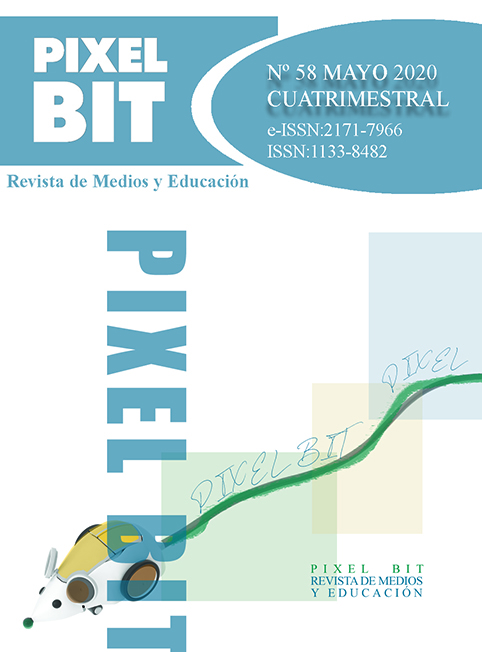Resumen
La incorporación en las aulas de los proyectos STEAM y de la robótica es avalada por numerosos estudios que demuestran los efectos positivos en relación con la creatividad y la capacidad de resolver problemas, siendo estas habilidades necesarias para que los individuos puedan enfrentarse a los desafíos del siglo XXI. Este estudio pretende aportar evidencias empíricas sobre el aumento de la capacidad creativa en alumnos y alumnas de 5º y 6º de educación primaria. Para ello, se llevó a cabo un taller que se dividió en dos fases: la primera de ellas consistió en la incorporación en las aulas de los proyectos STEAM y la robótica como herramientas educativas analizando la variable creatividad a través del Test CREA, utilizando para ello un diseño pre-test/post-test; la segunda fase consistió en una competición donde el alumnado tuvo la ocasión de exponer sus proyectos STEAM y sus robot construidos y programados ante un comité de expertos, que evaluaron estos productos a través de los criterios de creatividad definidos por el mismo test. Los resultados obtenidos muestran un aumento significativo de la creatividad y una valoración muy positiva del comité de expertos, confirmando que los productos finales obtenidos por los estudiantes son altamente creativos.

